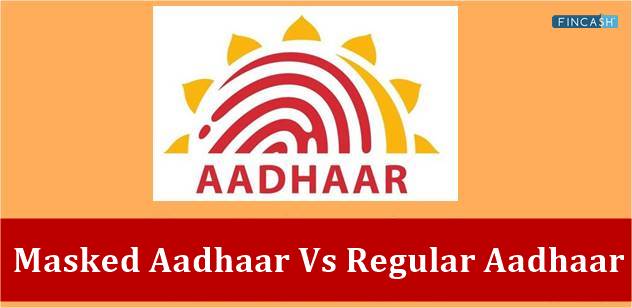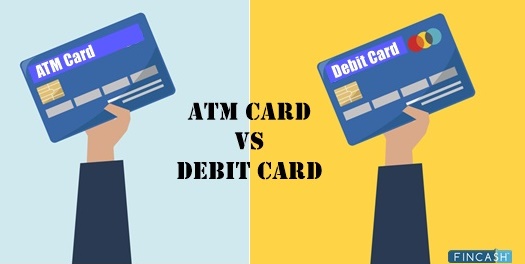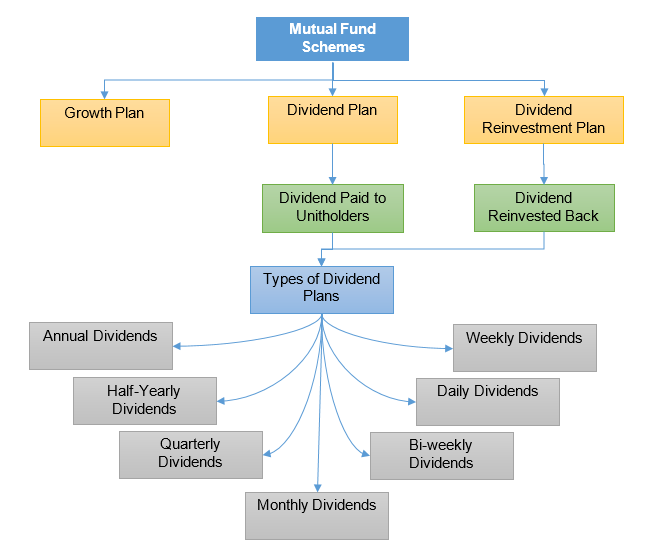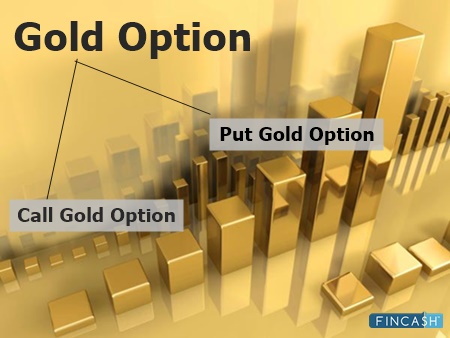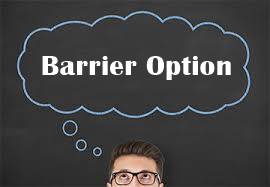
Table of Contents
Know Different Aspects of Put Option
When the Market’s Volatility is high, as the recent scenario due to Coronavirus has been, investors might have to re-evaluate their strategies while choosing their stock options. Although holding or purchasing long stock positions in the finance market can yield long-term profits, options are something that can control a massive amount of shares without the need to put Capital in a high-risk stock.
Having said that, prevalently, options are divided into two types – Call and put options. This post is all about understanding the mechanism of a put option.
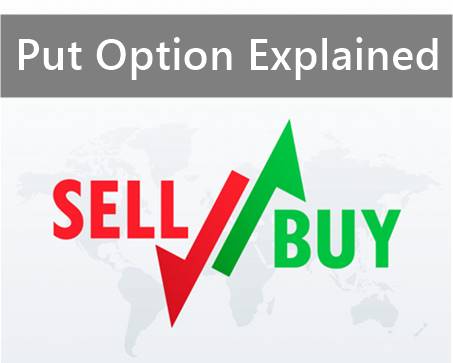
What is a Put Option?
A put option is one such contract that gives a trader the right and not the Obligation to sell short or sell a specific amount of an Underlying security at a determined price within the given time period.
This previously determined price at which traders can sell their option is known as the strike price. Put options are generally traded on different underlying assets, including currencies, stocks, indexes, Bonds, futures, and commodities.
The Working of Put Options
With a decrease in the underlying stock prices, a put option turns more valuable. Contrary to that, a put option ends up losing its value with an increase in the prices of the underlying stock. This happens because when put options are exercised, they offer a short position in the asset and are used either to gamble on the downside price or for the purpose of hedging.
Often, investors prefer using put options in a risk-management strategy called a protective put. This specific strategy is used to make sure that the Underlying Asset’s losses don’t go beyond the strike price.
Types of Put Options
There are two major types of put options, such as:
- American Put Options
- European Put Options
These types are generally based upon when options can exercise. American options are flexible in nature and allow you to settle down the trade before the contract gets expired. Conversely, European options can be exercised on the same day of its expiry.
Talk to our investment specialist
When to Buy a Put Option?
Often, traders purchase put option to enhance the profit gained from the decline of a stock. For a minimal upfront cost, traders can get profit from stock prices going below the strike price until the expiry.
By purchasing a put option, traders usually anticipate that the stock price will fall before the contract gets expired. It could be useful to buy a protective put option as an insurance type against the declining stock. In case if it goes below the stock price, traders get to earn money from it.
Why Sell a Put Option?
Trading options allow traders to buy and sell a put option with ease. Hence, as far as selling put options are concerned, there are several advantages of the same. The payoff for sellers is precisely the opposite of the ones for buyers.
Sellers do anticipate the stock to either rise above or stay Flat the strike price; thus, making the put more valuable.
Picking the Right Put Option
If you are ready to buy a put option, the following things should be considered to make the right choice:
Time duration until when to be active in trade
If you are looking forward to being active for a short time, look for a commodity with that amount of time remaining. For instance, if you are staying for two weeks, there is no point of buying a stock that has six months of time remaining.
The amount to allocate in purchasing the option
Based on the risk tolerance and account size, some put options might be too expensive for you. Keep in mind that in-the-money put options will be higher in price than out-of-the-money options. The more time that remains before the contract’s expiry, the more will be its cost.
In a Nutshell
Knowing the risk factors involved in a put option, it is essential to stay as informed as possible. If you are a novice, you can seek assistance from experts regarding the same, so that you make a better decision.
All efforts have been made to ensure the information provided here is accurate. However, no guarantees are made regarding correctness of data. Please verify with scheme information document before making any investment.


